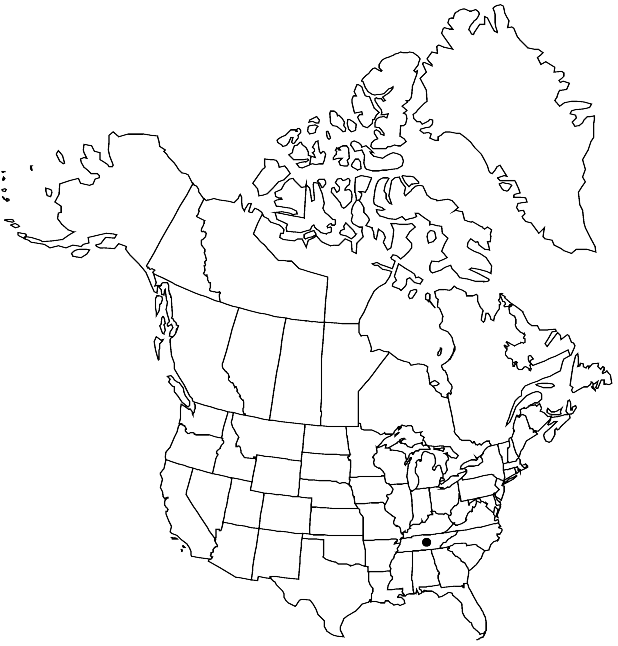Leavenworthia stylosa
Bot. Gaz. 5: 26. 1880.
Stems (when present) 1–2.5 dm. Basal leaves: petiole 1–2.5 cm; blade (2–)3–7.5(–10) cm, lobes 1–5 on each side, margins entire or shallowly dentate, terminal lobe orbicular to broadly ovate, 0.5–1.2(–1.8) cm × 5–11(–17) mm, considerably larger than lateral lobes, margins entire or shallowly dentate. Fruiting pedicels: solitary flowers 30–100 mm; racemes 15–70 mm. Flowers: sepals widely spreading, oblong-linear, (3.3–)3.7–5.8 × 1–1.6 mm; petals spreading, usually yellow, sometimes white or lavender, broadly spatulate to obovate, 9–13(–15) × 3.5–6(–9) mm, claw yellow to orange, 2–3.5 mm, apex deeply emarginate, apical notch 0.5–1.3 mm deep; filaments: median 4–6.3 mm, lateral 1.7–2.6 mm; anthers 0.9–1.5 mm. Fruits oblong to linear, (1–)1.5–3.4 cm × (2.5–)3–4(–4.5) mm, smooth, subterete; valves thick; ovules (6–)8–12 per ovary; style (3–)3.5–7 mm. Seeds 2.5–3.4 mm diam.; wing 0.2–0.3 mm wide; embryo nearly straight to slightly accumbent. 2n = 30.
Phenology: Flowering Mar–Apr.
Habitat: Pastures, roadsides, thin soil on limestone beds, limestone glades, streamsides, seeps, old fields
Elevation: 150-300 m
Discussion
Leavenworthia stylosa is known only from Bedford, Davidson, Rutherford, Smith, and Wilson counties.
Selected References
None.

